Here at Yum Asia we just launched the Zojirushi BB-HAQ10 Breadmaker to our UK and European customers so let’s start looking at more about Bread.
Choosing the right grain
Before we even begin to explain about flour, we must look at what makes the right grain for the job, be it for breadmaking, cakemaking or anything in between. So, what distinguishes one grain from another? It’s all down to the protein quality and its ability to form gluten, a sticky protein present in wheat, rye and barley which enables the dough to become elastic.
There are two types of gluten present in the endosperm of a wheat berry: gliadin and glutenin. When flour is mixed with water and yeast, these proteins form gluten, which expands and becomes elastic, forming a network of fine membranes which trap small bubbles of air and enable the dough to rise. This is ideal for bread baking but for cakes and pastry making a less elastic dough will work best.
Depending on the protein content of the wheat grain, it is categorised into what farmers and millers refer to as hard wheat or soft wheat.
Hard wheat has a high protein content and if it also has good quality gluten, it can develop a strong and elastic dough, making it the best type of wheat to produce bread flour.
Soft wheat has a lower gluten content and is used to make plain flour and self-raising flour, making it ideal for making cakes, biscuits and pastries.
With soft wheat varieties, we make:
Plain Flour
Plain flour is milled from soft wheat varieties and has low gluten and protein content which makes it suitable for biscuits and pastries where a crumbly texture is needed.
Also known as: all-purpose flour, cake flour, pastry flour and soft wheat flour.
Best for: biscuits, scones, crumbles, pancakes, shortcrust pastry and sauces.
Self-Raising Flour
Self-raising flour is milled from a blend of hard and soft wheats. Self-raising flour already contains raising agents which gives a nice rise to baked goods, so you do not need to add this into your mixture. You can also make your own self raising flour by adding 2 level teaspoons of baking powder to every 100g of plain flour. We suggest sieving both of these ingredients and stirring until they are well mixed.
Best for: cakes such as sponges, and scones, some biscuits and suet pastry.
And with hard wheat varieties we make:
Strong Flour
Strong flour, also commonly known as strong bread flour, is made from hard wheat varieties. It contains more gluten than other types of flour which gives it its elasticity and enables the dough to rise with a good structure. Rather than fortifying the flour by adding refined gluten, at Doves Farm we blend our home-grown varieties of wheat with imported hard wheat to give the best results when baking bread.
Also known as: bread flour.
Best for: yeast cookery and enriched doughs. Strong White flour is also used for choux pastry and filo pastry.
Pasta flour
Made from very hard wheat varieties, pasta flour is ground to a fineness which makes it perfect for making pasta from scratch. This flour gives the dough a firm yet silky texture and makes it easy to roll to the thinness needed for great pasta.
Best for: you guessed it, pasta!
Wholemeal or White?
Plain, self raising and strong bread flour can be either wholemeal or white. We determine whether a flour is wholemeal or white by how much of the germ, the bran and the endosperm is removed during the sieving process. Discover more below.
Wholemeal or whole-wheat flour is made from milling the ‘whole wheat’, meaning that all three parts of the wheat are ground to create the flour. As it is milled from the whole grain, it retains its natural nutrients, the most of which are found in the germ and the bran, making it higher in fibre and nuttier in taste than white flour.
White flour contains only the endosperm and is made by sieving out the coarser wheat particles, which includes the bran and wheat germ. The fineness of white flour makes it ideal for more delicate bakes, such as fine patisserie and light sponges.
Stoneground Flour
We mill many of our organic ancient grain flours, as well as many of our other organic flours, the old-fashioned way using a stone mill, a traditional technique that has remained largely unchanged from ancient times. Stoneground flour is, very simply, when grain is ground between two mill stones. Stoneground flours tend to have a richer flavour and texture and are widely used by artisan bakers, who like to work with baking ingredients and techniques of our heritage.
Organic Flour
Organic flour is milled from grain that is grown using organic farming methods. Growing grain organically means that the farmer has to meet a strict set of standards that involve high levels of environmental welfare, and no use of artificial fertilisers or pesticides. Learn more about organic flour here. In addition the farmer, miller and baker have to undergo annual organic inspection and certification.
Ancient Grain Flour
At Doves Farm, we also produce many flours from ancient grains such as Einkorn, Emmer, Spelt, KAMUT® Khorasan and Rye. These flours have distinctive characteristics and flavours which lend themselves to a whole variety of bakes. If you are keen to experiment with different flavours, crumb structures and experience the baking traditions of our past, then try baking with our range of ancient grain flours.
Gluten Free Flour
We have been milling naturally gluten free flours since we were founded, as an alternative to wheat-containing flours for those who follow a gluten free lifestyle. Sold under the FREEE brand these are produced in a dedicated mill from natural wholegrains, such as brown rice and quinoa, our blends mean that you don’t have to mix your own.
Much has been written about the origins of bread, and through fermentation technology and the evolution of baking itself, there are hundreds of different varieties today being baked out of ovens all over the world. What follows here is a brief summary of the kinds of bread that can be baked with our breadmakers. These basics can be enhanced and tweaked in unlimited ways just by adding some ingredients and a little imagination.
So now onto the making of bread….
Basic Bread
The basic ingredients for making any bread are the same: bread flour, yeast, water and sugar. Yeast, a micro organism, is probably the most important. The dried yeast used in baking bread is dormant until water is added to activate it. The yeast starts to “eat” the sugar and releases carbon dioxide bubbles, which causes the bread to rise. Kneading the dough makes the gluten in bread flour elastic, which captures the bubbles like a balloon and makes the holes in the bread. That’s how we get bread that is fluffy and soft.
 Wheat Bread
Wheat Bread
Whole wheat flour is said to be more nutritious and have more health benefits than regular bread flour because whole grains are a natural source of protein as well as a source of carbohydrates. Because whole wheat flour has less gluten than bread flour, adding vital wheat gluten helps to give the bread structure and elasticity for the desired chewiness. This is critical when recipes call for extra ingredients like nuts, dried fruit or seeds. Adding molasses also helps to give it a milder flavor, as whole wheat flour has a distinct taste.
 Gluten Free Bread
Gluten Free Bread
Recently, there has been a surge in the number of people with coeliac disease, or gluten intolerance. Gluten free bread is made for those who cannot process gluten. It is made using gluten free flours such as rice flour or starch. But how does the bread rise if there is no gluten? The key ingredient is xanthan gum. It is commonly used as a food thickening agent, but also helps give bread its structure. New types of gluten free flour are being introduced into the market every day, which help make tastier gluten free bread.
 Quick Bread
Quick Bread
Even though we are all busy day in and day out, we need to make sure we watch what we eat. Here’s a quick way to make freshly baked bread. Quick rise bread is made using quick rise yeast (or rapid rise yeast), which rises faster than regular yeast bread. Quick rise yeast is processed differently than active dry yeast so that it becomes active faster, and proofs the bread dough faster. Try baking bread using quick rise yeast in our breadmaker; you may be surprised at how fast and easy it is.
 Dough
Dough
Dough in short is unbaked bread. Tasty bread comes from a good batch of dough that is kneaded and proofed in a timely manner. Dough can be turned into a variety of breads including French baguettes, bagels, breadsticks, donuts, focaccia and much more. If you want to make your own pizza dough, a breadmaker can do it for you. Then all that remains is to top it off and enjoy!
Sourdough
Very much the bread type to make right now – sour dough has gained immense popularity in recent years. Baking it is complicated and is worthy of a page in itself.






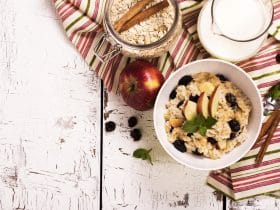
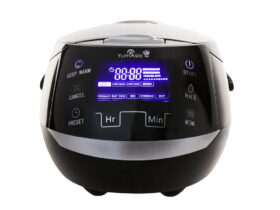
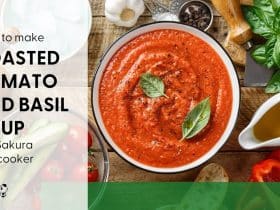
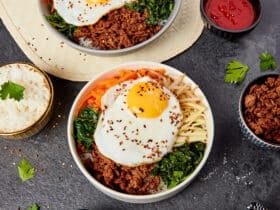
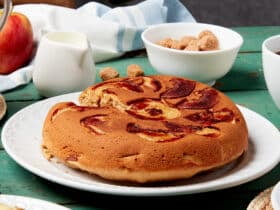
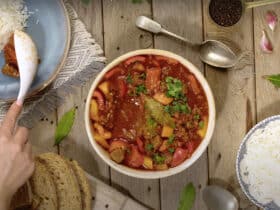
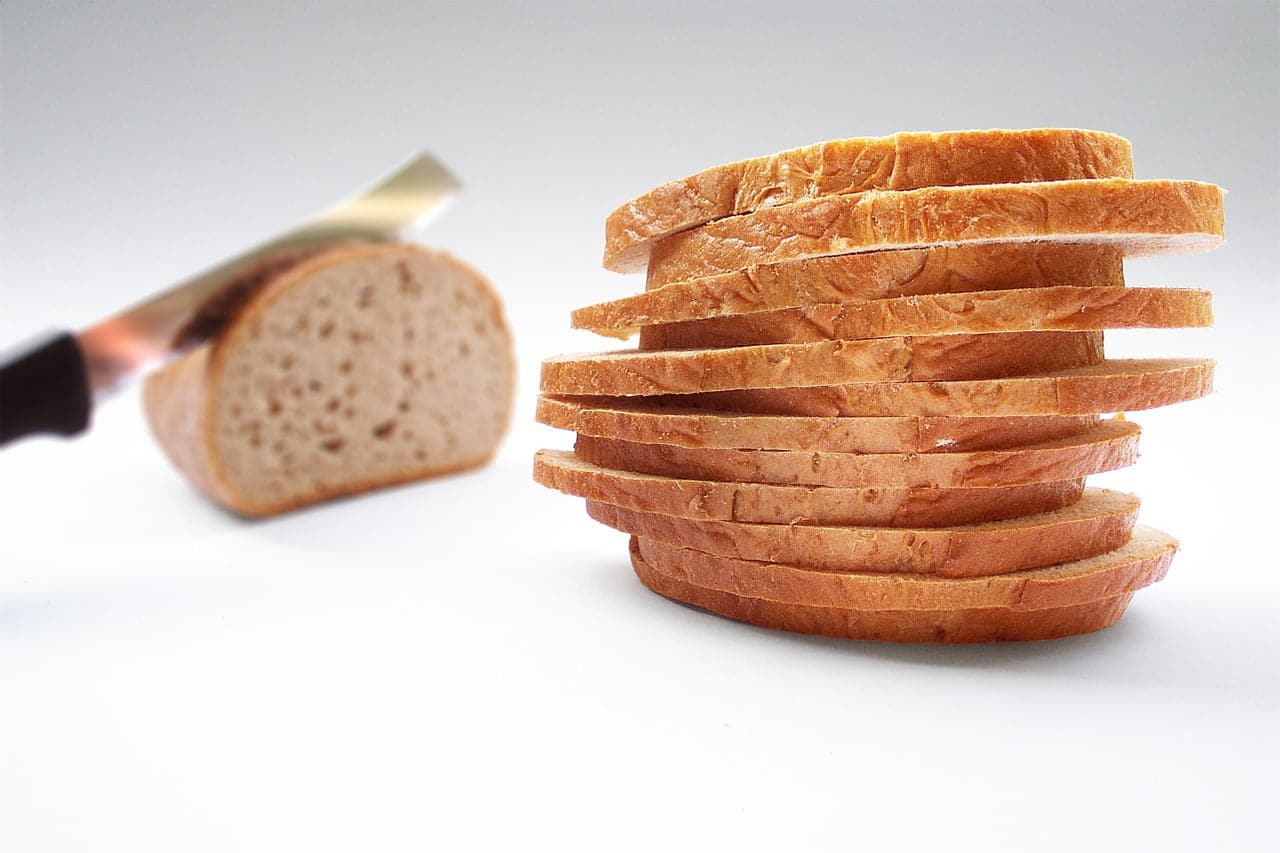

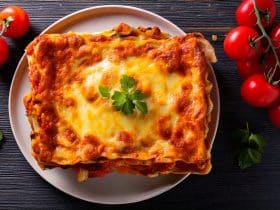
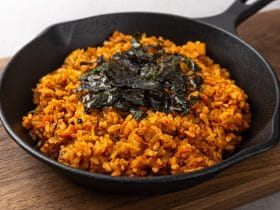
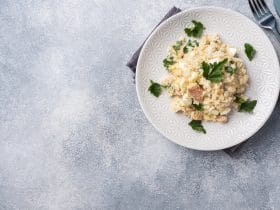
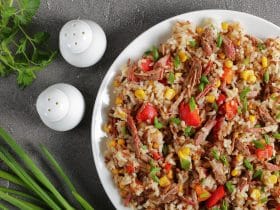
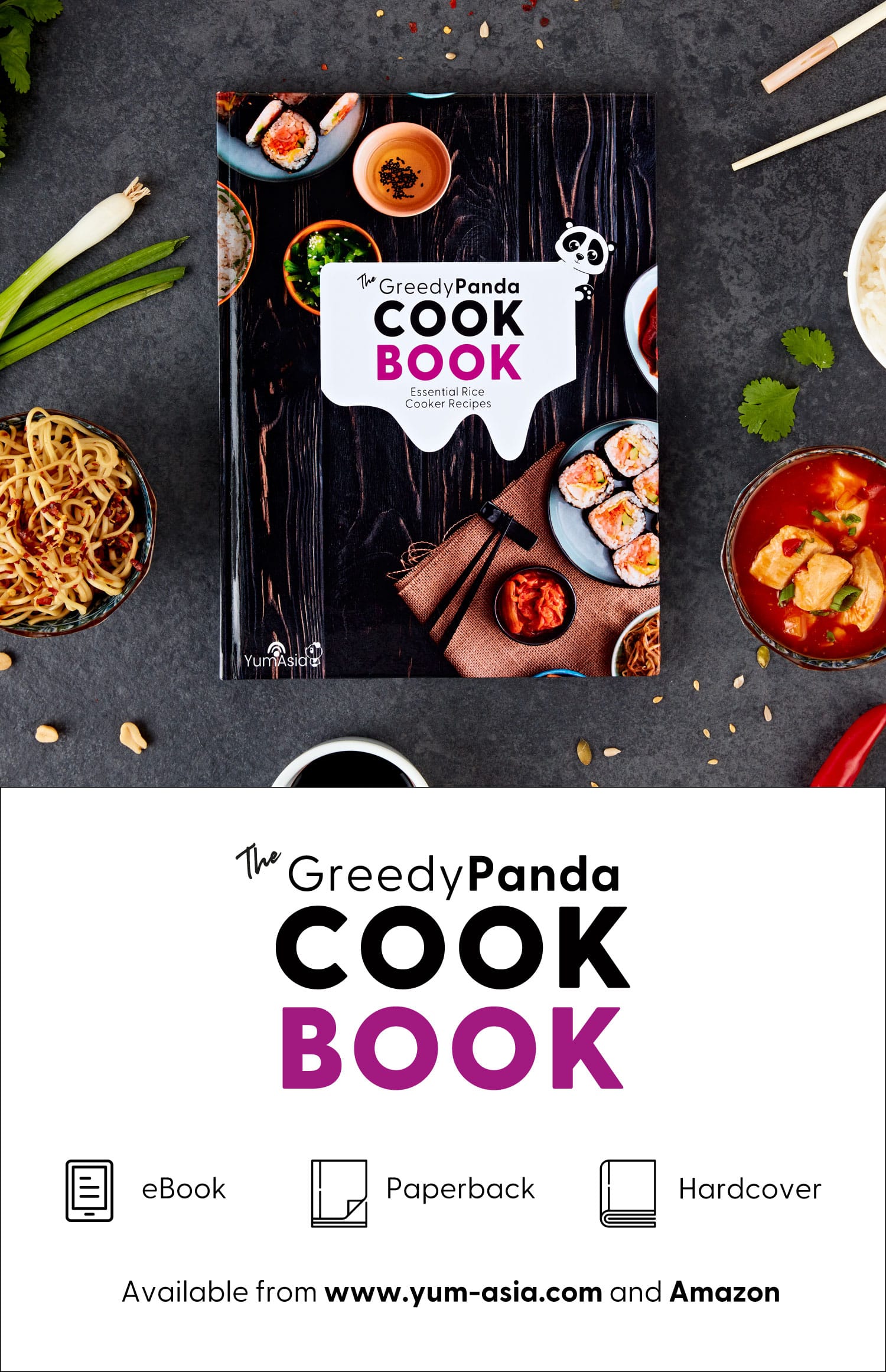
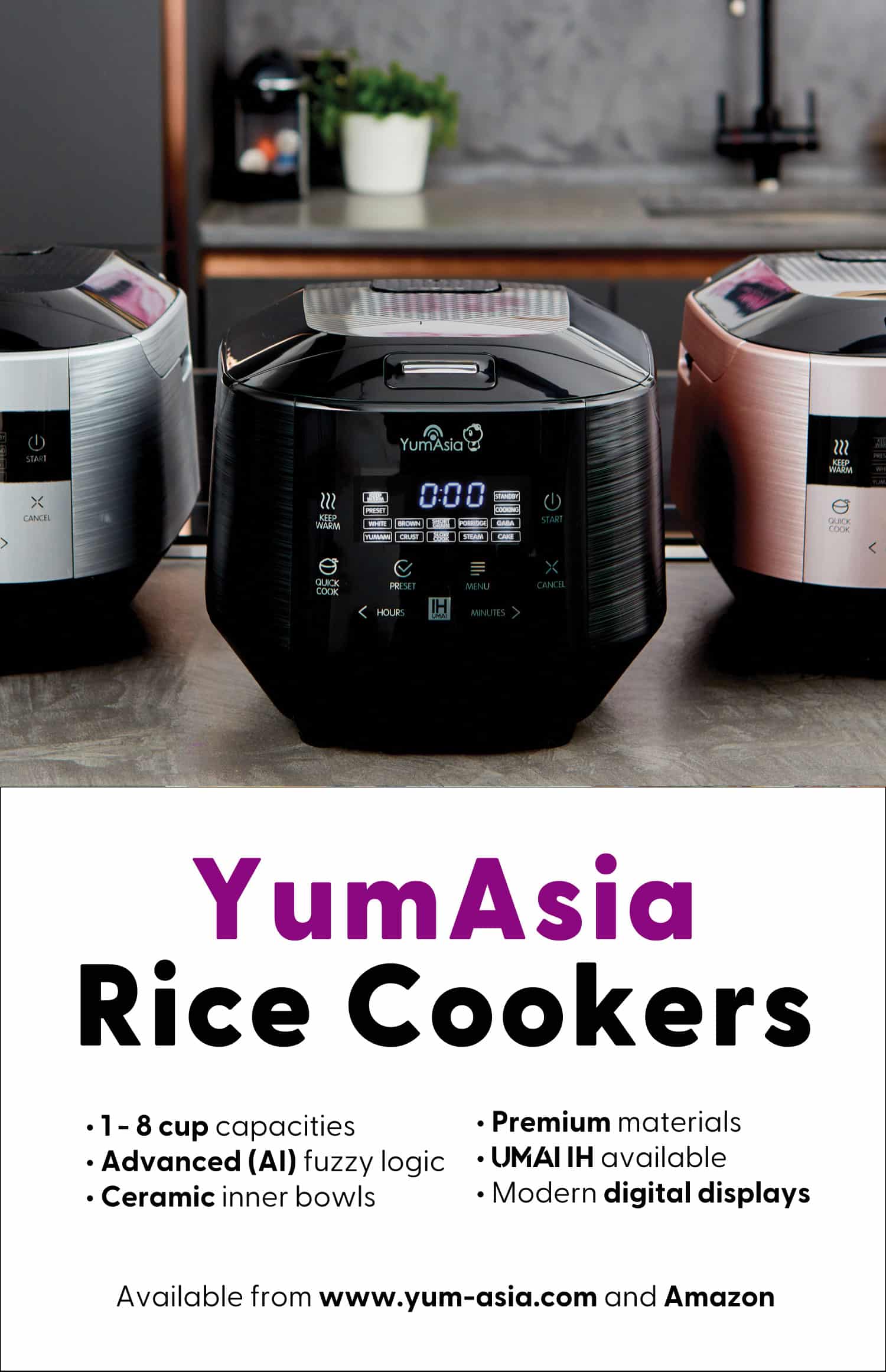
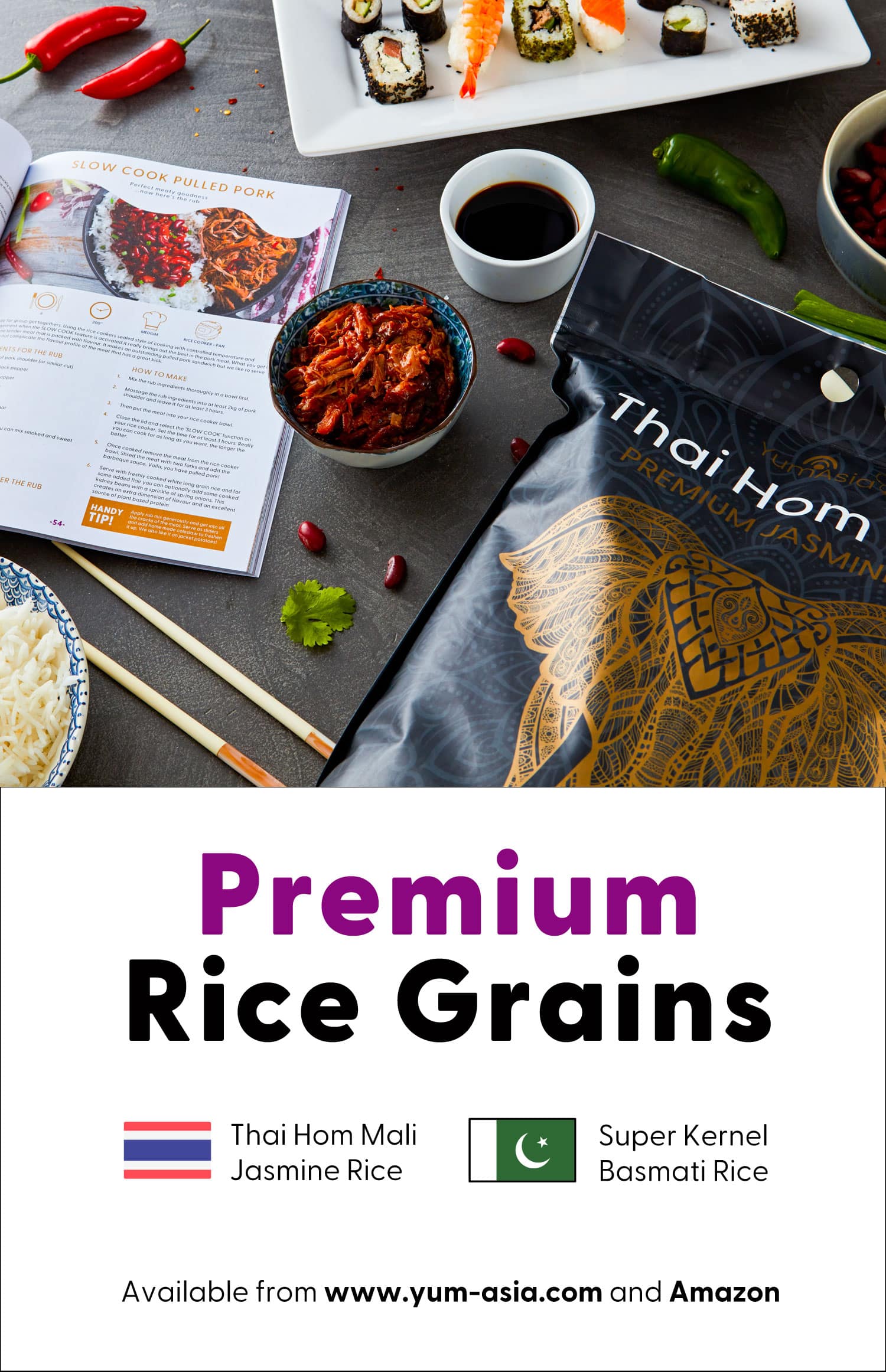

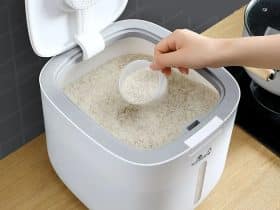
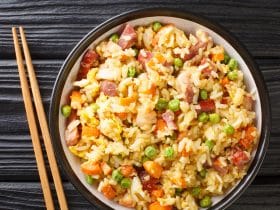


Text needs work. For example, there is no need for sugar in bread dough. Whole wheat flour does not necessarily have less gluten than bread flour, and the term ‘bread flour’ is itself misleading. Flour is characterized by its source grain, milling technique, protein content, fibre content and micro-nutrient content. Gluten-free bread isn’t bread, and ‘quick bread’ isn’t a thing. Also no mention of sourdough. Could I respectfully suggest you look at the Real Bread Campaign’s website as a starting point for source material?
Hi Baker Steve, – yes you are right. This blog post was actually written about 7 years ago (ignore the date). Since then things like sour dough and low gluten bread flour have become a lot more ‘in vogue’. It definitely needs expanding. Our forte is primarily rice however – but we will add to it eventually.
Will add to it when we get the chance. Note also that we are happy to accept reader submissions to the Greedy Panda Food Blog and this would be credited to the author.
I want to bake bread in my Sakura Rice Cooker. Why are there no recipes for that?
Hi, we don’t have recipes for bread because there are no settings on any of our rice cookers to bake bread.